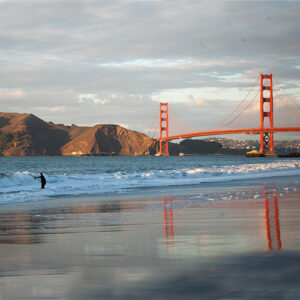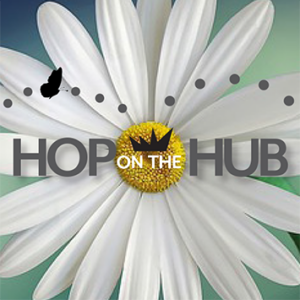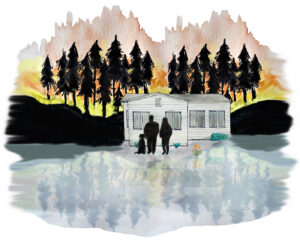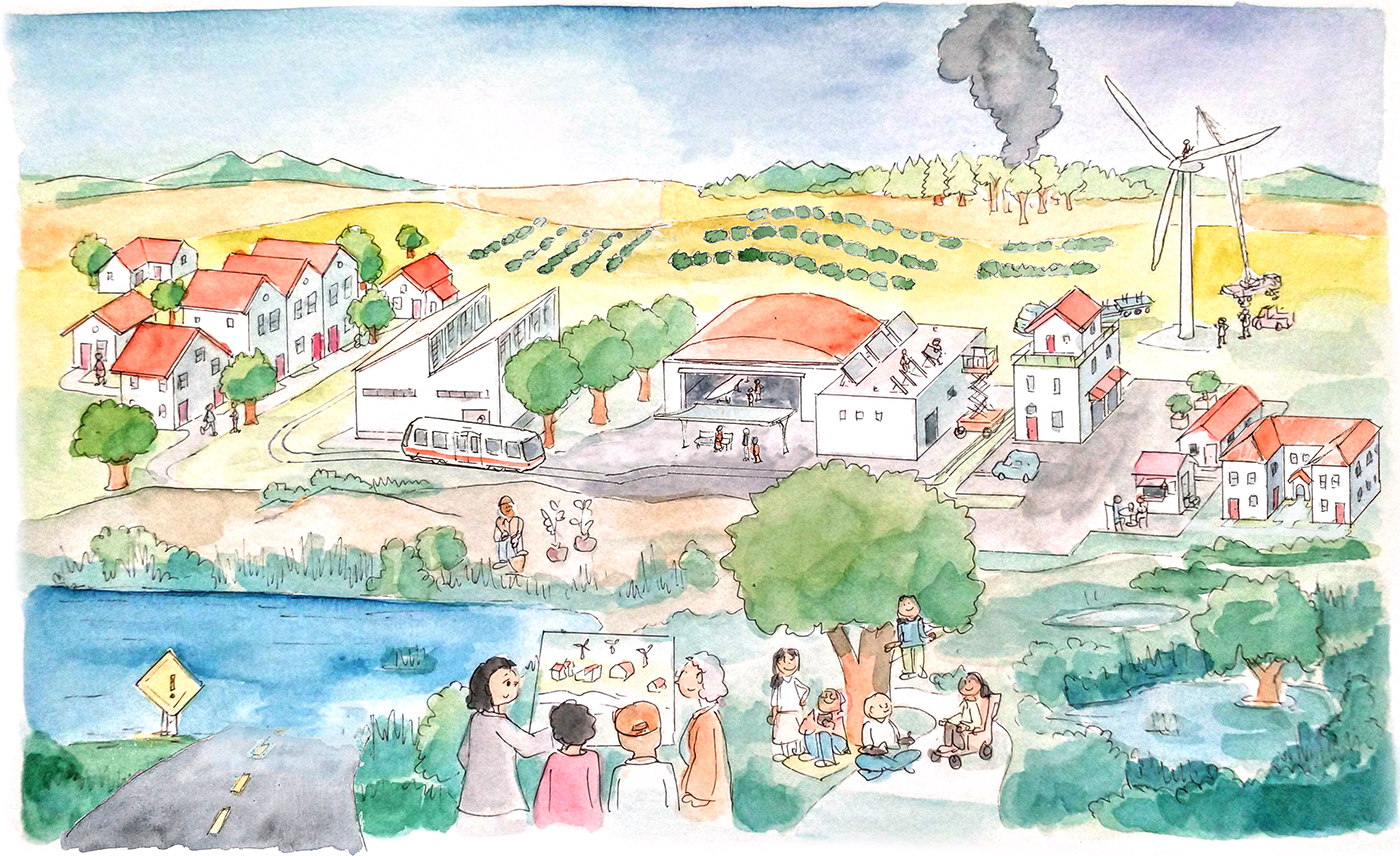New Playbook Details Minutiae of Resilience
In the midst of a climate emergency already thrusting wildfires, drought, and flooding upon us it is easy to feel helpless and lost. The Greenbelt Alliance’s newly released “Resilience Playbook” seeks to combat that resignation by offering a motivating vision and practical steps for building local climate adaptation and resilience. Worried about heat and how it disproportionately affects certain neighborhoods where you live? This resource gives a step-by-step guidance on how to integrate urban greening into general plans, along with a menu of policy examples, budget priorities, and model climate action plans to catalyze resilience action for citizens, municipalities, and community organizations. Critically, the playbook offers advice on effectively partnering with underserved populations and communities who are often left out of the budget and infrastructure conversations where priorities are decided.
Recommendations and “critical actions to take now” come from the Greenbelt Alliance’s six plus decades of land-use policy advocacy and regional collaboration. Executive Director Amanda Brown-Stevens and Director of Climate Resilience Zoe Siegel also bring experience from shepherding the implementation of the 2018 Resilient by Design competition that spurred fantastic visions of South Bay Sponges, Grand Bayways, and Estuary Commons. This playbook focuses on the more mundane minutiae of resilience: city budgets, general plans, and regulations. A decidedly less sexy, and more Sisyphean task — yet also one that is more achievable, and no less important. Whether the intended audience, ranging from local citizens to government planners to political leaders, uses the plays from this book will be up to all of us.
Other Recent Posts
The Hardest & Most Important Thing to Do Next: Education
This August BCDC approved a public sea level rise education program to be spearheaded by the Exploratorium, in lieu of a fill removal project for their redevelopment of Pier 17.
Teresa Cheng’s Caffeinated Mission to Decarbonize California Manufacturing
Cheng spoke to KneeDeep’s UC Berkeley reporting partner about decarbonization work during the Trump era.
Nailing Down Opportunities for Nature-Based Infrastructure
A new tool from the Estuary Institute gives planners ideas for where best to work with nature around the Bay to protect shores from sea level rise.
Helping Farmworkers Navigate Ugly Weather and Raids
Belinda Hernandez-Arriaga and her nonprofit ALAS are trying to give coastal farmworkers resources amid lost income to climate change and ICE raids.
Alameda Flood Group Keeps Chin Up Despite Claw Backs
A group of 30 Oakland-Alameda partners refused to give up on a Bay Farm Island sea level rise adaptation after losing a $50 million grant.
Birds, Not Bats, Flock to Burned Oak Savannas
A new study has found that birds are thriving in the nutrient rich oak savannas that burned in the 2018 Mendocino Complex Fire. But bats, not so much.
The Rancher Using Goats to Fight California Wildfires
Hoof by hoof, a family-run targeted grazing operation is reducing fire risk for homes, schools, and open spaces.
California’s Solar Boom Is Powering Clean Energy Careers
California’s solar energy is breaking records. Workforce programs like GRID Alternatives are preparing new solar installers to meet the growing need.
Suisun Marsh, a Zone of Potential in a Sinking Ecosystem
A fresh report from SF Estuary Institute and the prospect of major development along the marsh’s borders are putting Suisun back in the news.
Composting as a Ritual for Renewal
A farm high in the Contra Costa County hills helps folks learn from the land and connect with nature.










